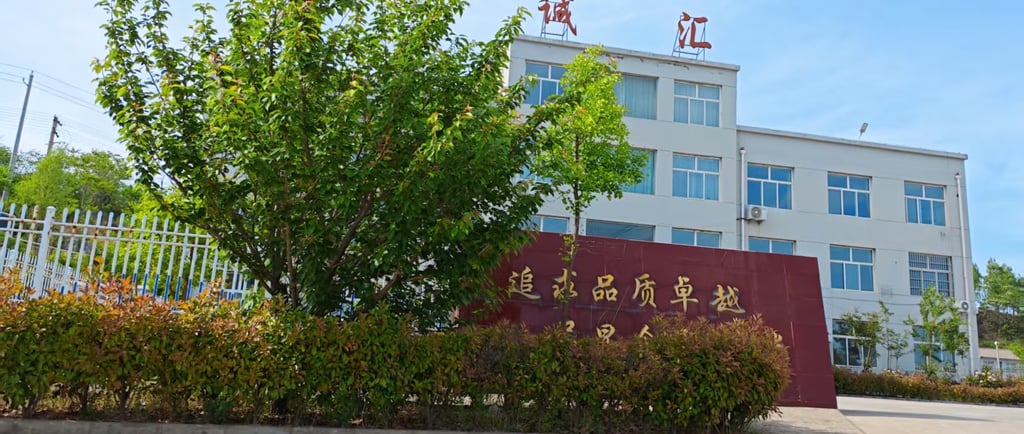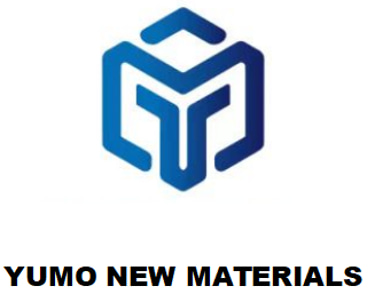HENAN YUMO: Engineered Precision, Uncompromised Performance
The Relationship Between Alumina and White Fused Alumina
Explore the close relationship between alumina and White Fused Alumina (WFA): WFA, derived from high-purity alumina through melting and crystallization, boasts a Mohs hardness of 9, making it the superior choice for efficient abrasives. Yumo New Materials specializes in producing WFA micropowder and grain-sized sand, with an annual capacity exceeding 10,000 tons. Widely used in precision grinding, refractory materials, and surface treatment, we deliver high-purity, heat-resistant solutions for industrial excellence.
5/16/20252 min read


Understanding Alumina
Alumina, also known as aluminum oxide, is a vital compound widely used in various industries, including metallurgy, ceramics, and abrasives. It is primarily derived from bauxite ore and is known for its excellent hardness, high melting point, and resistance to chemical attacks. These properties make alumina an essential ingredient in many manufacturing processes and an indispensable material in producing numerous industrial products.
What is White Fused Alumina?
White fused alumina is a specific form of alumina, produced through the fusion of high-purity alumina in an electric arc furnace. This process results in a crystalline structure, contributing to its unique properties. White fused alumina exhibits a high level of toughness, making it particularly suitable for applications where durability is crucial. Additionally, it has low friability, which enhances its performance in abrasive materials.
The Relationship Between Alumina and White Fused Alumina
The relationship between alumina and white fused alumina is intrinsically linked to their chemical and physical characteristics. While alumina serves as the foundational compound, white fused alumina represents an advanced form created through specialized processing. Both share similar fundamental attributes, but their applications differ based on the refined nature of white fused alumina.
In the industry, the distinction between these materials plays a significant role in product formulation. For instance, while alumina is widely utilized in ceramic production due to its thermal stability and strength, white fused alumina is preferred in manufacturing grinding wheels and coatings due to its sharp edges and hardness. The enhancements made during the fusion process significantly elevate the performance qualities of white fused alumina over regular alumina.
Moreover, the purity levels in white fused alumina are generally higher due to the controlled production environment. This increased purity contributes to its effectiveness in specialized applications, providing a competitive edge in the market. As industries strive for optimal performance and quality, understanding the relationship between alumina and white fused alumina becomes essential for selecting the appropriate materials for specific needs.
In conclusion, both alumina and white fused alumina are integral materials in various industrial sectors, with their relationship showcasing the significance of processing techniques in enhancing material properties. As industries evolve, the demand for reliable and efficient materials like white fused alumina will continue to grow, reinforcing its importance within the aluminum oxide family.
